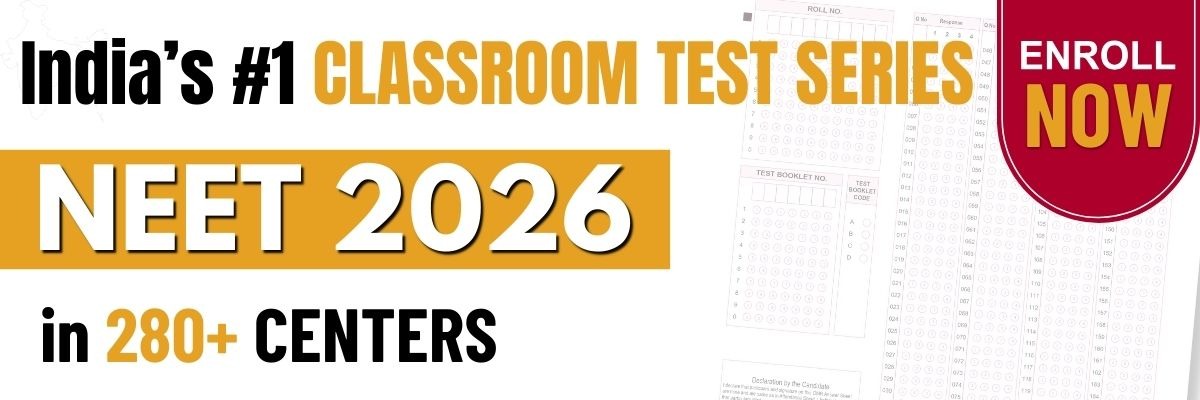An antibiotic resistance gene in a vector usually helps in the selection of:
1. Competent bacterial cells
2. Transformed bacterial cells
3. Recombinant bacterial cells
4. None of the above

To unlock all the explanations of 38 chapters you need to be enrolled in MasterClass Course.

To unlock all the explanations of 38 chapters you need to be enrolled in MasterClass Course.
The significance of the 'heat shock' method in bacterial transformation is to facilitate:
| 1. | Binding of DNA to the cell wall |
| 2. | Uptake of DNA through membrane transport proteins |
| 3. | Uptake of DNA through transient pores in the bacterial cell wall |
| 4. | Expression of antibiotic resistance gene |

To unlock all the explanations of 38 chapters you need to be enrolled in MasterClass Course.

To unlock all the explanations of 38 chapters you need to be enrolled in MasterClass Course.
The role of DNA ligase in the construction of a recombinant DNA molecule is:
| 1. | Formation of a phosphodiester bond between two DNA fragments |
| 2. | Formation of hydrogen bonds between sticky ends of DNA fragments |
| 3. | Ligation of all purine and pyrimidine bases |
| 4. | None of the above |

To unlock all the explanations of 38 chapters you need to be enrolled in MasterClass Course.

To unlock all the explanations of 38 chapters you need to be enrolled in MasterClass Course.
Which of the following bacteria is not a source of restriction endonuclease?
1. Haemophilusinfluenzae
2. Escherichia coli
3. Entamoeba coli
4. Bacillus amyloliquefaciens
Which of the following steps are catalysed by Taq DNA polymerase in a PCR reaction?
1. Denaturation of template DNA
2. Annealing of primers to template DNA
3. Extension of primer end on the template DNA
4. All of the above

To unlock all the explanations of 38 chapters you need to be enrolled in MasterClass Course.

To unlock all the explanations of 38 chapters you need to be enrolled in MasterClass Course.
A bacterial cell was transformed with a recombinant DNA molecule that was generated using a human gene. However, the transformed cells did not produce the desired protein. The reasons could be:
| 1. | Human genes may have intron which bacteria cannot process |
| 2. | Amino acid codons for humans and bacteria are different |
| 3. | Human protein is formed but degraded by bacteria |
| 4. | All of the above |
Which of the following should be chosen for the best yield if one were to produce a recombinant protein in large amounts?
| 1. | Laboratory flask of the largest capacity |
| 2. | A stirred-tank bioreactor without in-lets and out-lets |
| 3. | A continuous culture system |
| 4. | Any of the above |
Who among the following was awarded the Nobel Prize for the development of the PCR technique?
| 1. | Herbert Boyer | 2. | Hargovind Khurana |
| 3. | Kary Mullis | 4. | Arthur Kornberg |

To unlock all the explanations of 38 chapters you need to be enrolled in MasterClass Course.

To unlock all the explanations of 38 chapters you need to be enrolled in MasterClass Course.
Which of the following statements does not hold true for restriction enzyme?
| 1. | It recognises a palindromic nucleotide sequence |
| 2. | It is an endonuclease |
| 3. | It is isolated from viruses |
| 4. | It can produce the same kind of sticky ends in different DNA molecules |

To unlock all the explanations of 38 chapters you need to be enrolled in MasterClass Course.

To unlock all the explanations of 38 chapters you need to be enrolled in MasterClass Course.
Ti-plasmid is used for making transgenic plants. It is obtained from
1. Azotobacter
2. Agrobacterium
3. Rhizobium in leguminous root
4. Yeast






